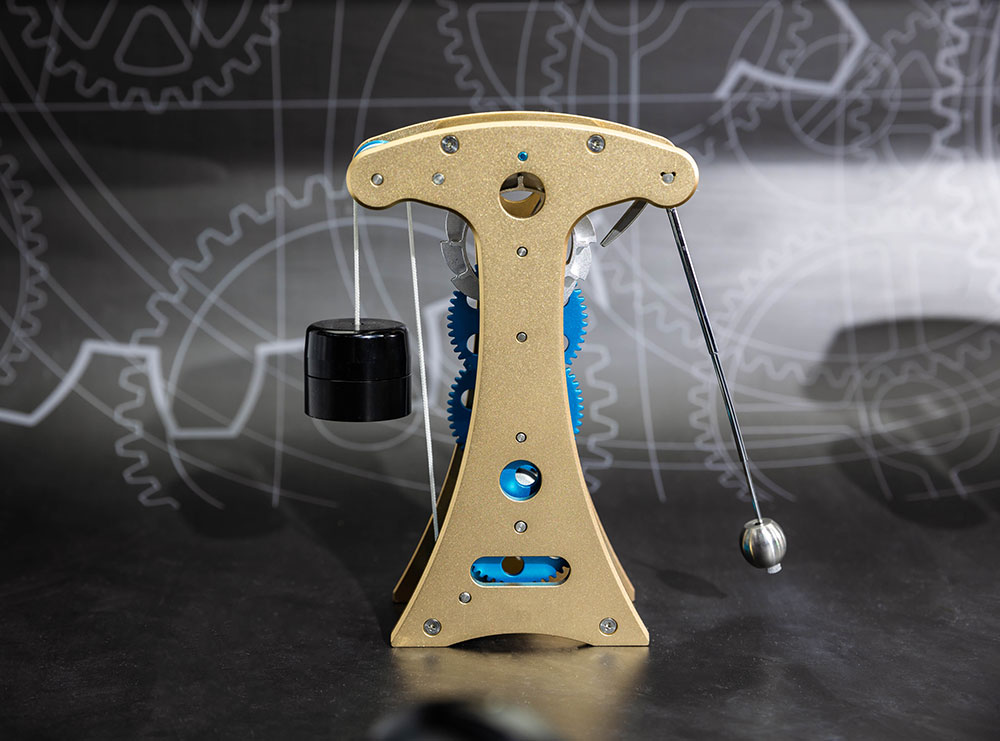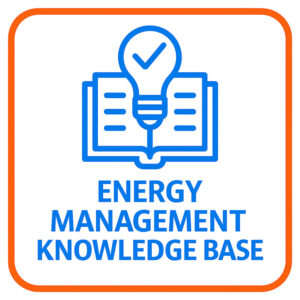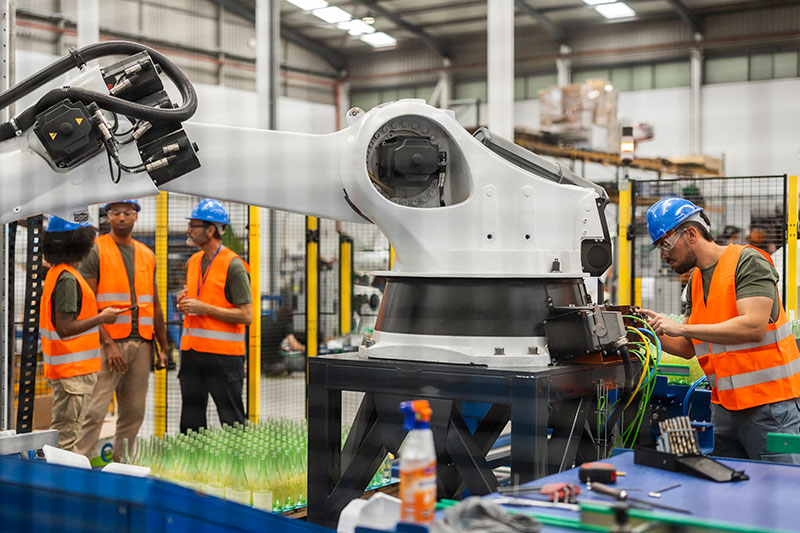National Instrument Test Procedures (NITP) form part of the legal quality assurance systems, as mandated by the National Measurement Institute (NMI). NMI works to assure accuracy verification is done for all electricity meters used within Australia for Trade Measurement or Billing.
National Instrument Test Procedures for electricity utility meters is known as NITP-14.
Electricity meters within Australia used for invoicing tenants or generating income, e.g. Trade Measurement, required Pattern Approval known as NMI M6-1 granted by NMI. This “Pattern Approval” is obtained by manufacturers through rigorous testing and accreditation to verity the applied standards are maintained. For example, for electricity metering, tests are conducted with respect to: accuracy, safety, durability, environmental factors and many other conditions.
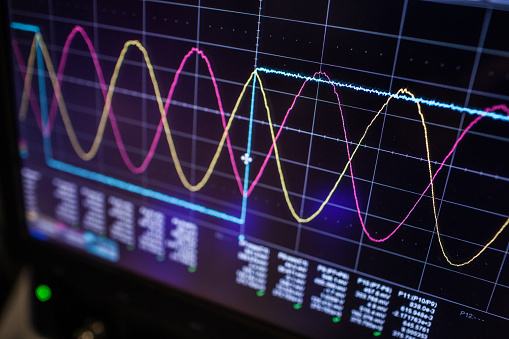
The National Instrument Test Procedures are also used to provide quality assurance for other instrumentation governed by NMI, such as water metering, gas metering, length measuring instruments, weighing instruments, and many more.
Electricity meters used for billing, or invoicing consumers for energy use, firstly must be in compliance with NMI M6-1 Pattern Approval requirements. Next, electricity meters used for billing must be subjected to NITP 14 verification tests prior to use in the Australian market for trade measurement purposes. Thus, every meter sold and used in Australia, for National Measurement Institute’s (NMI) mandated policies must be provided with a certificate in accordance with NITP 14 procedures.

NITP 14 test procedures are a way to enforce repeatability of metering metrology accuracy. This method is used to provide protection to Australian consumers. Repeatability, in energy metering, is the continuous ability for energy accuracy test results to be within tolerance to the manufacturers claims in respect to International Standards such as IEC 62052-22, or Class 0.5S.
Upon importation of electrical metering hardware to Australia, all meters subject to the manufacturer’s Pattern Approval to NMI M6-1, but then undergo further accuracy tests to each meter, or batch of meters. These Accuracy Tests are in accordance with NITP 14 methods and work to remove uncertainty with respect to accuracy compliance.
The tests can be done on each meter, or a batch sample. The process of testing each meter is more time consuming and costly than testing a batch sample. A batch sample is defined as a percentage of the size of a batch identified in NITP 14 procedures; the larger the batch, the smaller the percentage of testing required.
In order for a manufacturer to qualify for batch sample testing, the respective manufacturer’s calibration laboratory must meet an international quality standard for quality control – ISO 17025. ISO/IEC 17025 is an international standard for laboratories that provides reproducibility of calibrations. ISO/IEC 17025 is used in various industries.
ISO 17025 accreditation can take up to 24 months approximately to achieve, ensuring the competence and proficiency of the facility for the testing procedures are ongoing for long term commitment essential to upholding the standard.
SATEC’s achievement in obtaining ISO 17025 provides further confidence with their metering product solutions. SATEC Australia’s limited warranty being extended from 3 years to 5 years from shipment effective January 2017 for products sold in Australia and New Zealand is testament to this quality assurance
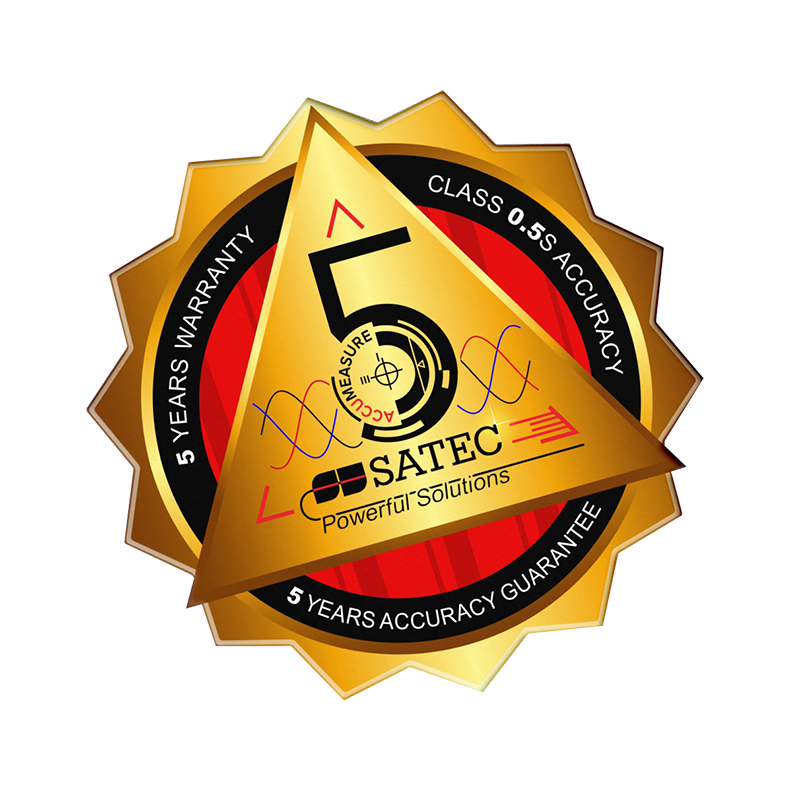
NITP-14 must be applied to the process of installing electrical metering for use in the billing or invoicing of consumer electricity charges.
Suppliers such as SATEC, can provide you with NITP-14 certification that links the electricity meter Serial Numbers, thus meeting regulatory requirements.
Should you required more information on obtaining assurance your meter is covered by NITP-14 certification, contact your metering manufacturer such as SATEC.
SATEC’s AccuMeasure Quality Assurance is your guarantee in reliability and accuracy.

